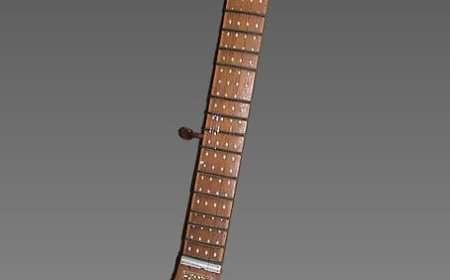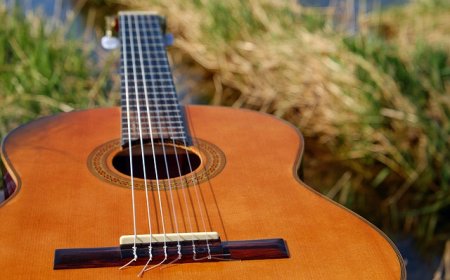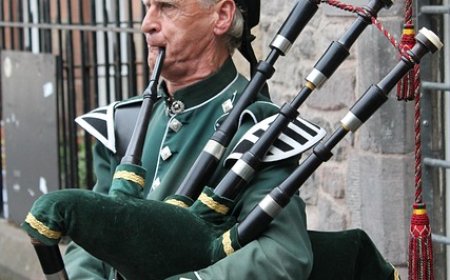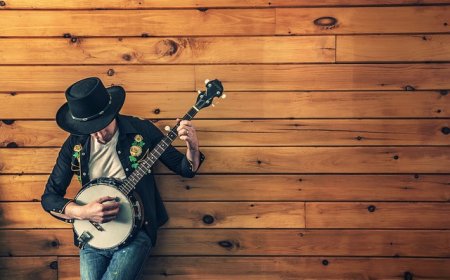Charango Facts for Students
Learn all about the charango—a traditional string instrument from South America. Discover its history, how it's played, its unique sound, and famous players.
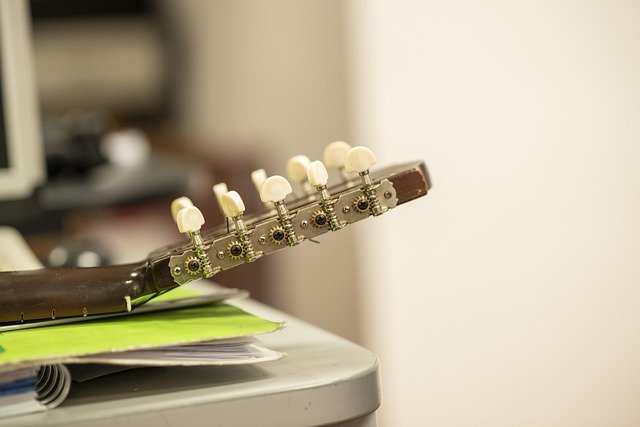
🎼 All About the Charango
🥇 Introduction
The charango is a small, 10-stringed instrument from the Andes Mountains of South America. It's bright, high-pitched, and full of joyful energy. Often used in traditional music from Bolivia, Peru, and northern Argentina, the charango looks like a tiny guitar and is beloved for its cheerful sound and rich cultural history. Some charangos were once made from armadillo shells, though most modern ones are made from wood.
🎶 What Is a Charango?
The charango is a plucked string instrument that resembles a small ukulele or guitar. It typically has 10 strings in 5 pairs, called courses, which are tuned in a variety of ways. The strings are plucked with the fingers or a pick and produce a sound that's lively, crisp, and twinkly, perfect for dancing and celebration.
Charangos are used in many traditional Andean musical styles and are often played along with pan flutes, drums, and vocals. They can be played solo or in groups, and they're especially common during festivals and parades.
🧩 Parts of the Charango
Though small, the charango has many important parts:
-
Body - The hollow, rounded part of the instrument; traditionally made from wood or armadillo shell
-
Soundboard - The flat top of the body with a sound hole to project the music
-
Neck - The long part where the fingers press the strings
-
Frets - Thin metal strips across the neck that help play different notes
-
Strings - Usually 10 strings grouped in 5 pairs (courses)
-
Bridge - Holds the strings above the soundboard near the base
-
Nut - Guides the strings at the top of the neck
-
Tuning Pegs - Used to tighten or loosen the strings to get the right pitch
Many modern charangos are beautifully decorated, with carvings, inlays, and bright colors that reflect Andean culture.
⚙️ How Does the Charango Work?
The charango makes sound when its strings are plucked with fingers or a pick. The vibration travels through the bridge and into the wooden or shell body, where it resonates and gets louder.
The courses of strings are usually tuned in reentrant tuning, where the pitches don't go from low to high in order. This creates the charango's unique, chiming tone.
The charango is used for:
-
Playing melodies and rhythms
-
Accompanying singing and dancing
-
Creating lively, traditional folk music
It's often used in fast, fingerpicking styles, making it exciting and rhythmic.
📜 History of the Charango
The charango was created in the 16th or 17th century in the Andes region, after the Spanish introduced string instruments like the vihuela and lute to South America. The native people of the Andes adapted these instruments into something smaller and more portable for high-altitude living.
Because wood was sometimes hard to find in the mountains, people began using armadillo shells as the back of the instrument. This gave the charango its signature shape and look.
Over time, the charango became a symbol of Andean identity, used in traditional celebrations, folk dances, and songs of resistance and pride.
🥁 Famous Charango Players
Here are some musicians who helped popularize the charango:
-
Ernesto Cavour - Bolivian master and charango innovator
-
Julio Lavayén - Famous Argentinian charanguista known for folk styles
-
Jaime Torres - Helped spread the charango's sound worldwide
-
Luciela Gallardo - A well-known female charango performer
-
Savia Andina - A group that brought traditional Andean music to large audiences
-
William Luna - A Peruvian singer-songwriter who uses charango in pop-folk blends
🎶 Learning to Play the Charango
The charango is a great starter instrument for students who love rhythm and melody. To get started, beginners learn:
-
How to hold and tune the charango
-
How to strum and pluck with fingers or a pick
-
Playing basic chords and scales
-
Learning Andean folk songs
-
Developing fingerpicking patterns and rhythmic skills
Some schools in South America even teach charango in music classes to keep the tradition alive.
😄 Fun Facts About the Charango
-
Some charangos were traditionally made from armadillo shells!
-
The word "charango" may come from a slang word for "noisy" or "bold".
-
It's often tuned in reentrant tuning, where the string order jumps in pitch.
-
There are bigger and smaller versions like the ronroco and chillador.
-
The charango's sound is great for fast, festive music.
-
Charangos are featured in music from Peru, Bolivia, Ecuador, and Argentina.
-
Some charangos have decorated backs, carvings, or bright colors that tell cultural stories.
👧 Kid-Friendly Summary
The charango is a small guitar-like instrument from the Andes. It has 10 strings and makes bright, happy music. People play it in festivals and traditional songs. It's fun to play and has a history of being made from armadillo shells!
📚 Vocabulary Words
Charango – A small, high-pitched string instrument from South America
Courses – Pairs of strings that are played together
Reentrant Tuning – A tuning where the strings are not in order from low to high
Soundboard – The top of the body that helps make the sound louder
Frets – Metal strips that help change the pitch when pressing the strings
Plucking – Pulling the strings with fingers or a pick
Armadillo Shell – The hard shell from an armadillo, used in early charangos
Andes – The mountain range where the charango was born
❓ Interactive Quiz (8 Questions)
1. Where does the charango come from?
A. Europe
B. Africa
C. Andes Mountains of South America
D. China
2. How many strings does a typical charango have?
A. 4
B. 6
C. 10
D. 12
3. What was the body of the first charangos sometimes made from?
A. Turtle shell
B. Plastic
C. Wood
D. Armadillo shell
4. What kind of tuning does the charango often use?
A. Chromatic
B. Linear
C. Reentrant
D. Open tuning
5. What is the charango mostly used for?
A. Classical piano music
B. Rock solos
C. Folk music and festivals
D. Marching bands
6. What is a course in a charango?
A. A type of song
B. A playing style
C. A string pair
D. A tuning knob
7. What kind of sound does the charango make?
A. Loud and deep
B. Bright and cheerful
C. Dark and spooky
D. Slow and soft
8. What is the name of a larger version of the charango?
A. Flutango
B. Ronroco
C. Bongango
D. Mandola


















































